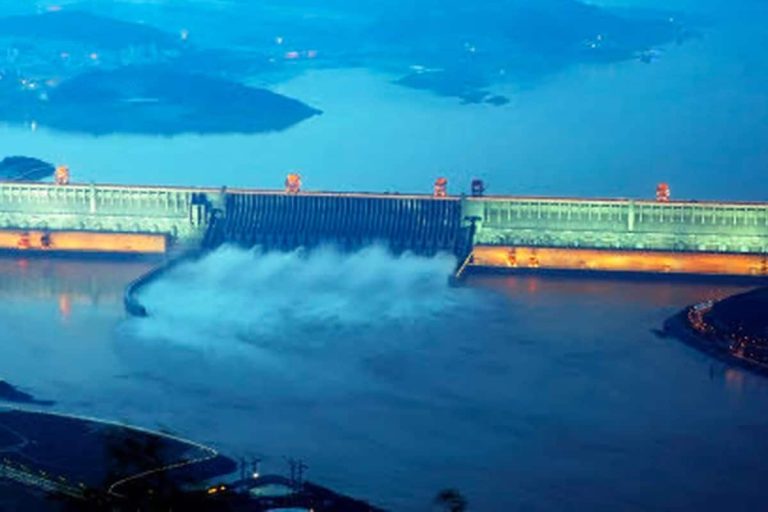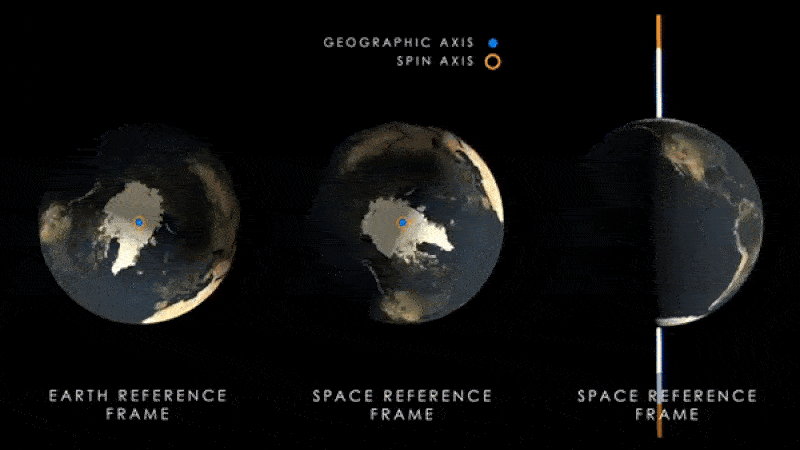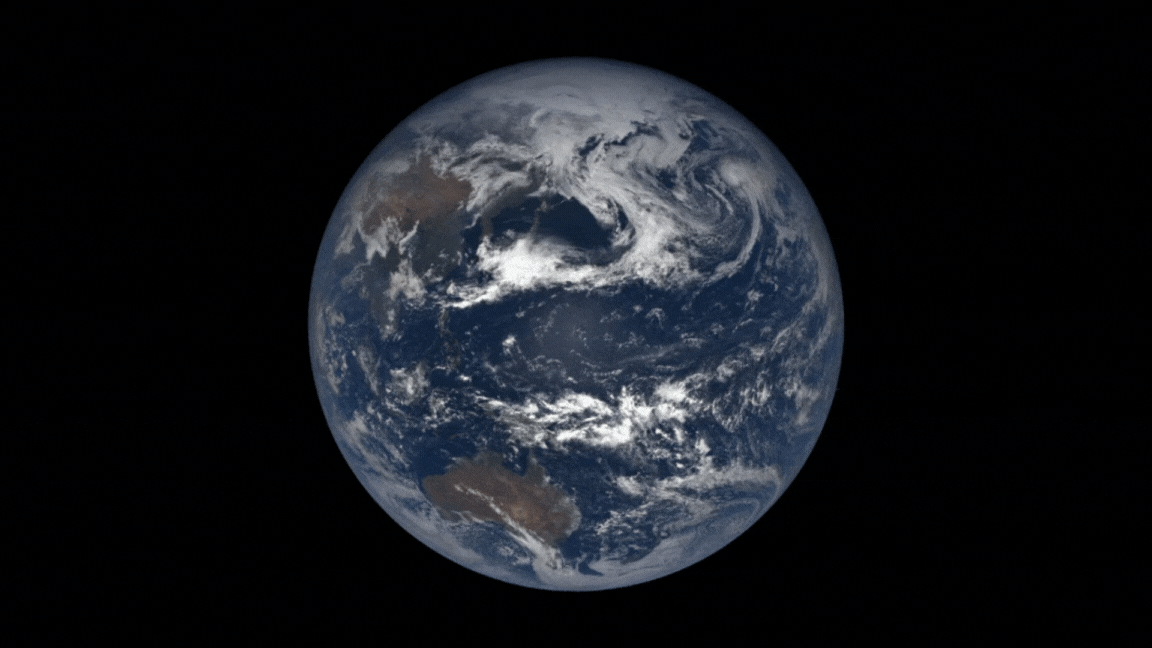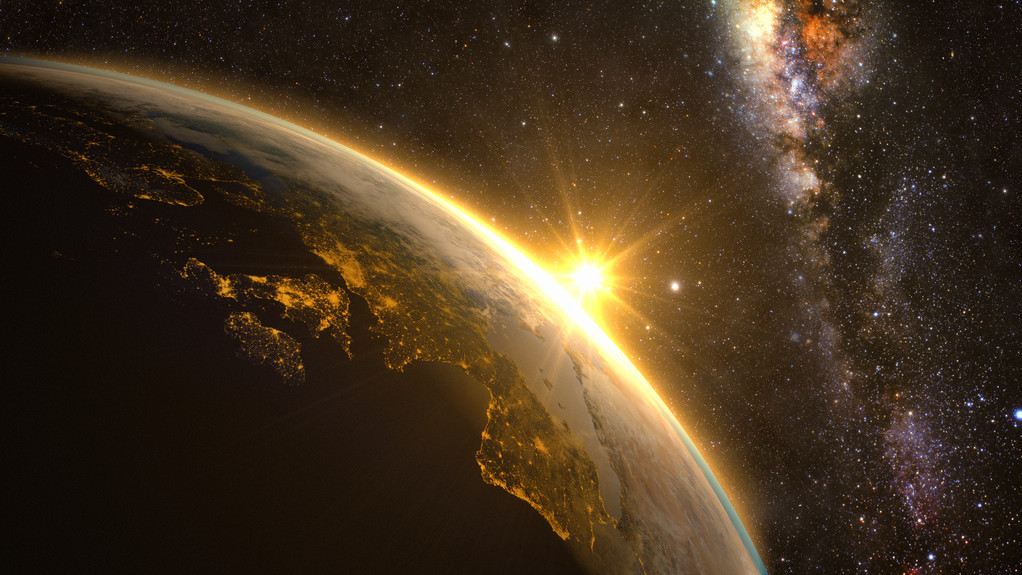Three Gorges Dam: NASA Claims China’s Gigantic Project Is Altering Earth’s Natural Balance
The Three Gorges Dam in China is the largest hydroelectric project in the world. It is not only an engineering wonder. It also affects Earth’s natural systems. NASA’s research shows something interesting. The dam has slightly slowed down Earth’s rotation. This effect highlights a delicate balance. Human innovations can impact the planet’s dynamics. This situation emphasizes the importance of sustainable development in large projects.
Summary
- China’s Three Gorges Dam, located on the Yangtze River, is the largest hydroelectric project globally.
- The dam’s massive reservoir, holding 40 billion cubic meters of water, has led to a measurable redistribution of Earth’s mass.
- NASA’s studies suggest this redistribution causes Earth’s rotation to slow down by 0.06 microseconds daily.
- Such changes stem from the principle of moment of inertia, where the movement of mass closer to or farther from Earth’s equator impacts its rotational speed.
- Built to generate renewable energy, the dam produces 22,500 megawatts, setting records for electricity generation.
- The project highlights the environmental impact of large-scale infrastructure on natural systems, like sea levels, Earth’s axis, and rotational dynamics.
- Similar phenomena have been observed in natural events, such as the 2004 Indonesian tsunami, which shifted the North Pole by 2.5 centimeters.
- These insights prompt discussions about sustainable development and the consequences of human engineering on a global scale.
- The Three Gorges Dam demonstrates both innovation and challenges, urging caution and responsibility in similar future projects.
- Scientists, including Benjamin Fong Chao from NASA, emphasize understanding the broader implications of these activities on Earth’s systems.
The Impact of China’s Three Gorges Dam on Earth’s Rotation
The Three Gorges Dam is a symbol of China’s engineering excellence. Towering at 185 meters and spanning over 2 kilometers across the Yangtze River, this dam is a powerhouse of renewable energy. In 2020, it set a record by generating 112 terawatt-hours of electricity, surpassing the energy output of many countries. However, its significance extends beyond electricity generation.
According to NASA, the redistribution of Earth’s mass due to the dam’s vast reservoir has caused measurable effects on the planet’s rotation. When water from the reservoir collects, it shifts the Earth’s moment of inertia, a critical factor affecting how fast or slow the planet spins.
“This effect of the dam on Earth’s rotation is as inevitable as it is subtle,” remarked Benjamin Fong Chao, a NASA scientist. This statement highlights the interconnectedness of large-scale infrastructure and planetary systems.
Table 1: Key Specifications of the Three Gorges Dam
| Feature | Details |
|---|---|
| Location | Yangtze River, China |
| Height | 185 meters |
| Length | 2.3 kilometers |
| Reservoir Capacity | 40 billion cubic meters |
| Electricity Output | 22,500 megawatts |
| 2020 Record Output | 112 terawatt-hours of electricity |
How Earth’s Rotation Slows
NASA’s findings are based on the redistribution of Earth’s mass due to the dam’s reservoir. This redistribution shifts mass towards the equator, causing a slight slowing of Earth’s rotation by 0.06 microseconds per day. The principle governing this change is rooted in physics:
- Moment of Inertia: Earth’s ability to spin depends on the mass distribution relative to its axis of rotation.
- Mass Redistribution: When mass moves closer to the equator, Earth’s rotation slows; conversely, when mass moves toward the poles, rotation speeds up.
Such shifts may seem negligible but offer significant insights into how human activities interact with planetary systems.
Human Activities Reshaping Earth’s Balance
The impact of the Three Gorges Dam is part of a broader trend of anthropogenic activities altering Earth’s physical systems. Examples include:
- Groundwater Extraction: Excessive groundwater pumping affects sea levels and mass distribution.
- Natural Disasters: Events like the 2004 Indonesian tsunami, which shifted the North Pole by 2.5 centimeters, also demonstrate how mass redistribution impacts Earth’s rotation.
These examples show that both natural phenomena and human engineering projects can affect Earth’s delicate balance.
Table 2: Examples of Mass Redistribution Impacts
| Cause | Impact on Earth |
|---|---|
| Three Gorges Dam | Slows Earth’s rotation by 0.06 microseconds/day |
| 2004 Indonesian Tsunami | Shifted North Pole by 2.5 cm |
| Groundwater Extraction | Alters sea levels and Earth’s axis |
Sustainability and the Broader Implications
The success of the Three Gorges Dam comes with lessons on environmental responsibility. While the dam contributes significantly to renewable energy, it also reminds us of the profound effects that infrastructure can have on natural systems.
A quote by Benjamin Fong Chao expresses this well:
“Redistribution of mass within the Earth’s system produces an effect on Earth’s rotation. While the delay of 0.06 microseconds per day may seem negligible, it is a measurable consequence of this redistribution.”
Projects like this show the need for sustainable innovation. Sustainable innovation means creating new things without harming the environment. We need to understand the broader impacts of our actions. By reducing these impacts, humans can make sure progress helps the environment too.
Facts About the Three Gorges Dam
- It displaced over 1.2 million people during its construction, as entire towns were submerged.
- The dam is so large that it can be seen from space.
- It reduces approximately 100 million tons of greenhouse gas emissions annually by replacing coal power.
- The reservoir is home to thousands of species, making it a biodiversity hotspot.
- The dam weighs an estimated 65 million tons, equivalent to the weight of 10 Great Pyramids of Giza.
The Future of Human Engineering
The Three Gorges Dam exemplifies the potential of human innovation. Its benefits include reducing greenhouse gas emissions, providing renewable energy, and mitigating floods. However, its unintended consequences, like altering Earth’s rotation, serve as a reminder of the importance of holistic planning.
Future projects must balance technological advancement with environmental stewardship. Lessons from the dam encourage scientists, engineers, and policymakers to:
- Consider the global implications of infrastructure.
- Conduct extensive environmental impact assessments.
- Prioritize sustainable development to ensure minimal disruption to natural systems.





